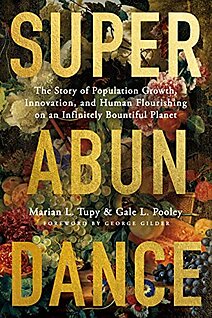The ninth edition of the Cato Handbook for Policymakers is published online today. A print edition will arrive in due course, but we wanted to make it available now for current and newly elected members of Congress. The Handbook has been published periodically since 1995, to coincide with presidential or midterm elections. In this edition’s 77 chapters my Cato Institute colleagues offer hundreds of policy suggestions for members of Congress, agency and administration officials, and state policymakers. Many chapters propose big, systemic changes that would address fundamental policy problems. Other chapters, and sometimes the same ones, offer very detailed, specific ideas for policy improvement.
The last two editions of this Handbook, published after the elections of 2008 and 2016, observed that whatever one thought of the results of the election, we could take some satisfaction in observing that something normal happened: a party that had given Americans overregulation, slow growth, and endless (if limited) war, led by an unpopular candidate, was defeated. After the 2020 election, however, something abnormal happened, at least for the United States: A defeated president refused to concede that he had lost the election and spent two months making false allegations, filing failed lawsuits, and pressuring state and local election officials, all culminating on January 6 in both public and private efforts to induce the vice president and/or Congress to reject electoral votes and overturn the election. For more than two centuries the United States prided itself on demonstrating to the world the peaceful transfer of power after a vote of the people.
For that reason the most urgent task for our constitutional republic is to foreclose opportunities to interrupt the transfer of power, as Walter Olson outlines in the chapter titled “Election Law.” In particular, Congress should clarify and tighten the poorly crafted Electoral Count Act of 1887, which lays out rules for Congress’s handling of certified electoral votes following a presidential election. State legislators should pursue best practices for both ballot security and voter convenience and ideally adopt tabulation methods that yield a substantially complete result on Election Night, to avert confusion or misrepresentation about which candidate has won.
At the Cato Institute, we stand firmly on the principles of the Declaration of Independence and the Constitution — on the bedrock American values of individual liberty, limited government, free markets, and peace. Throughout our more than 40 years, we have been willing to criticize officials of both parties when they sought to take the country in another direction. But we have also been pleased to work with administrations and members of Congress of both parties when they seek to expand freedom, limit government, or protect the Constitution. Of course, our scholars will not hesitate to criticize unwise, imprudent, or dangerous initiatives from any source.
I am still fond of the Washington Post’s description of the first edition of the Handbook in 1995: “A soup‐to‐nuts agenda to reduce spending, kill programs, terminate whole agencies and dramatically restrict the power of the federal government.” I hope policymakers, policy analysts, and other concerned Americans will find valuable ideas in the ninth edition.
